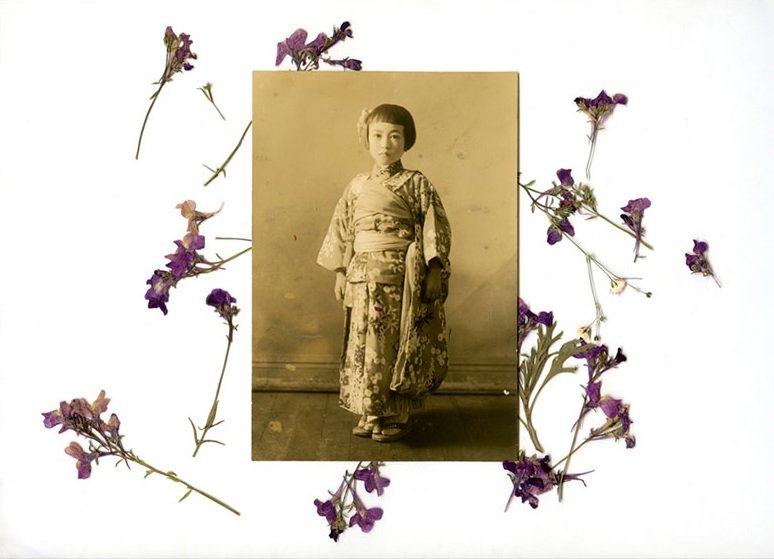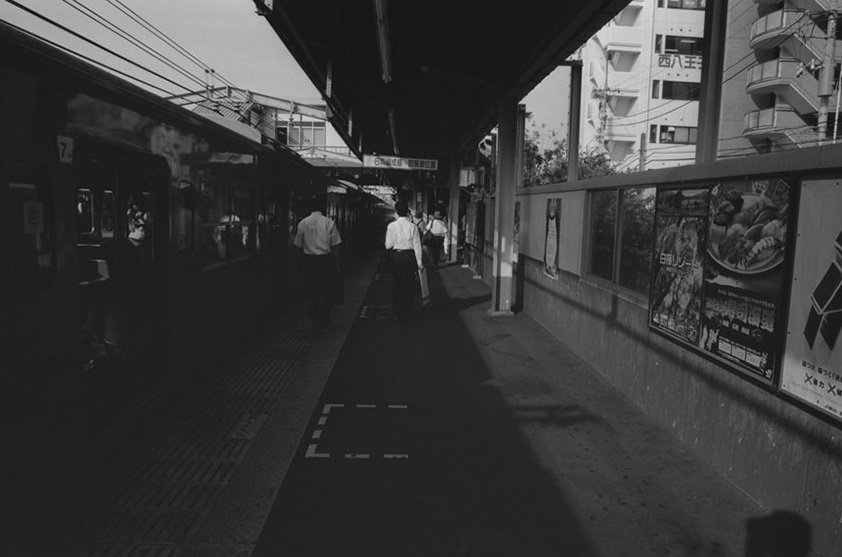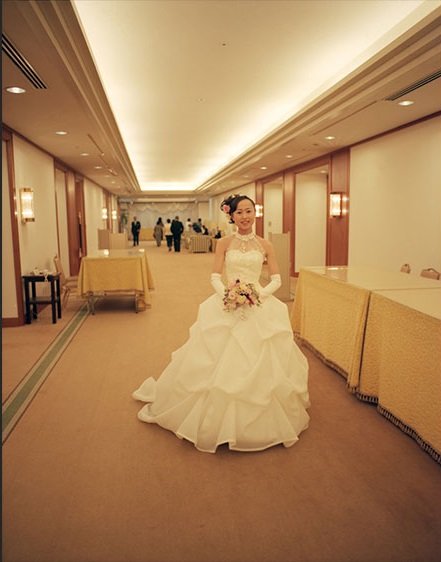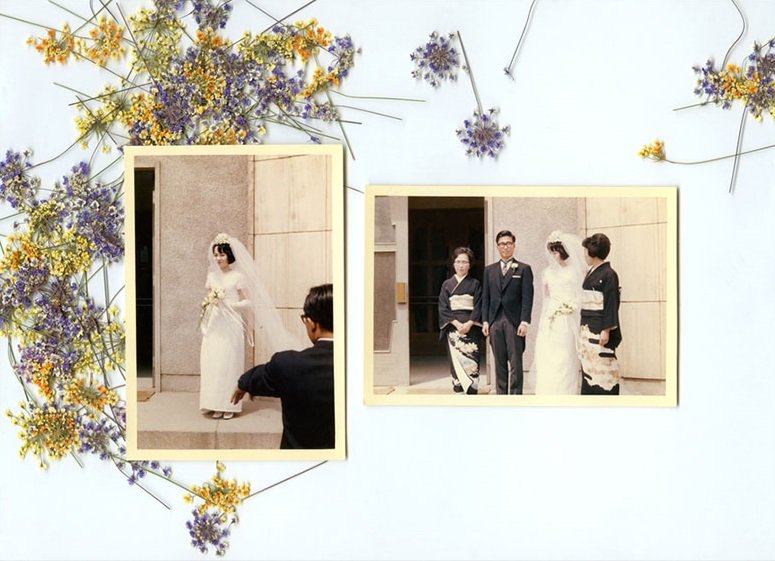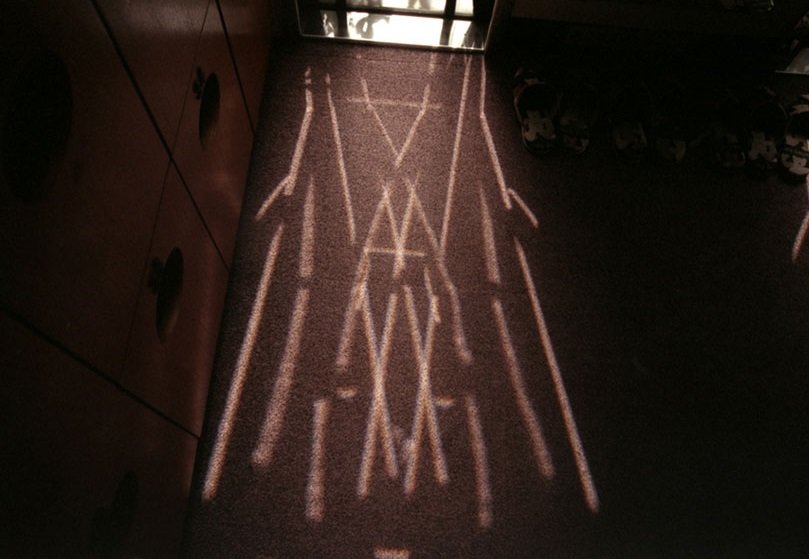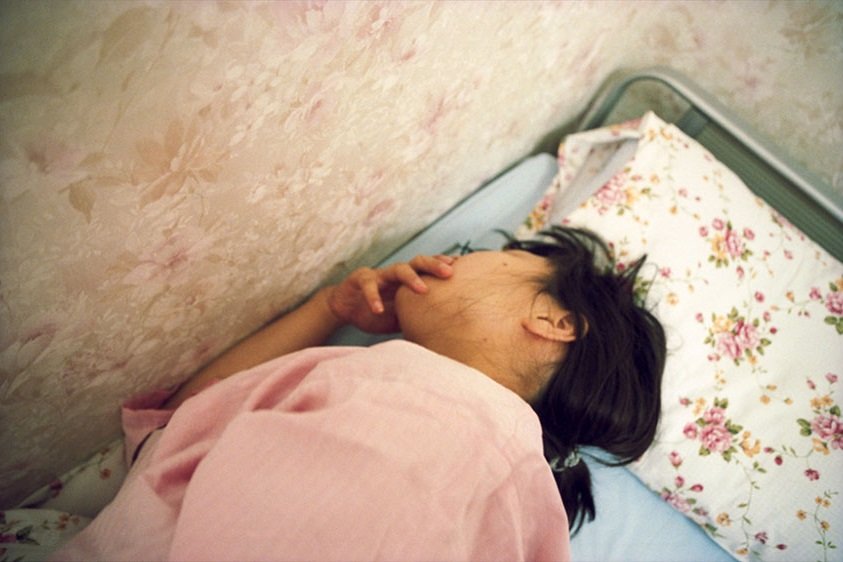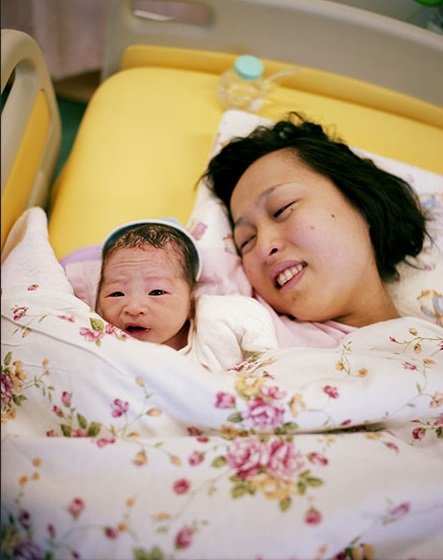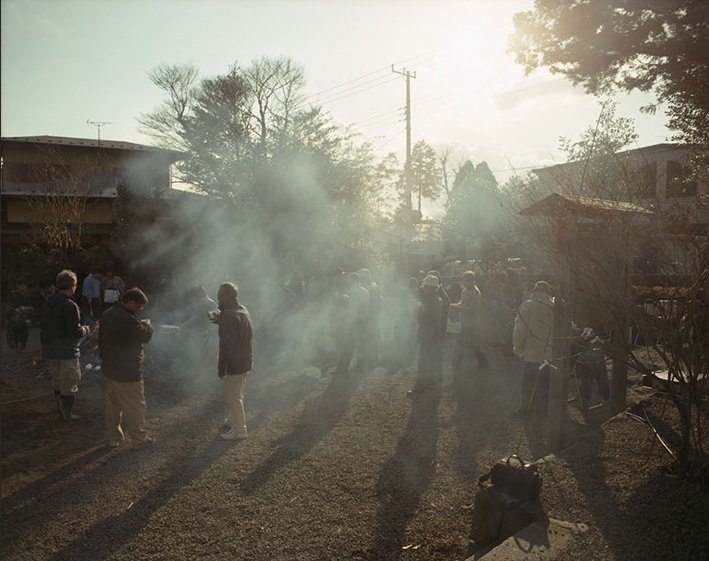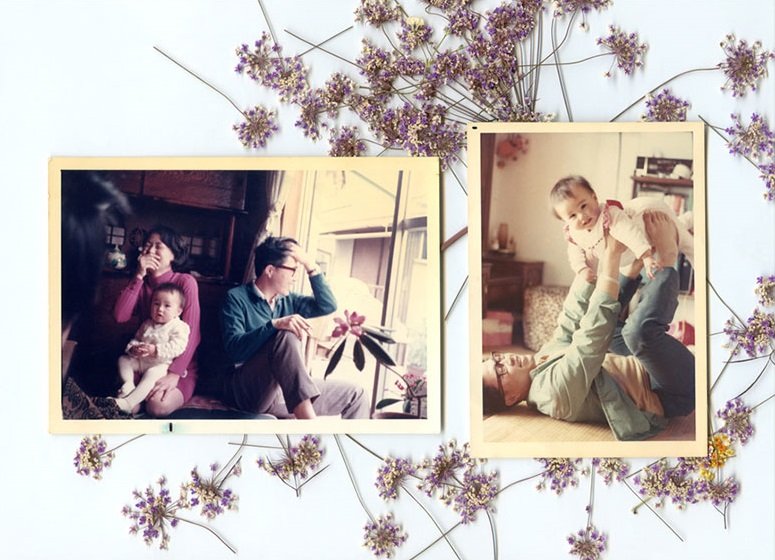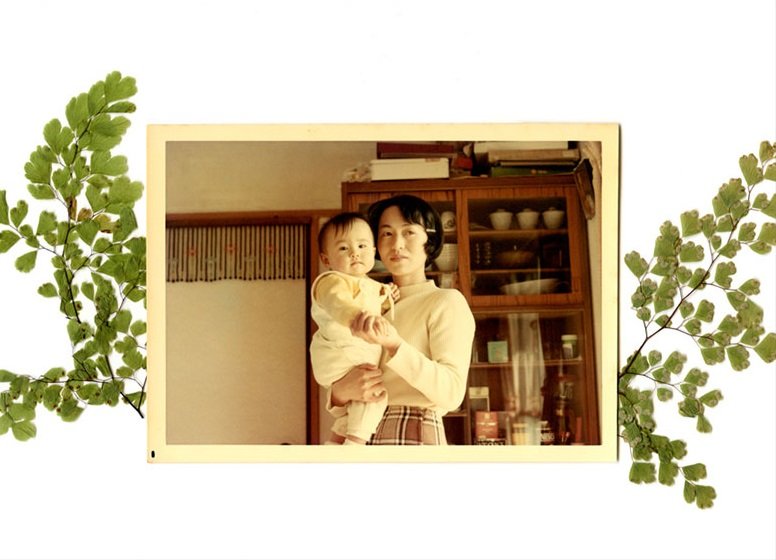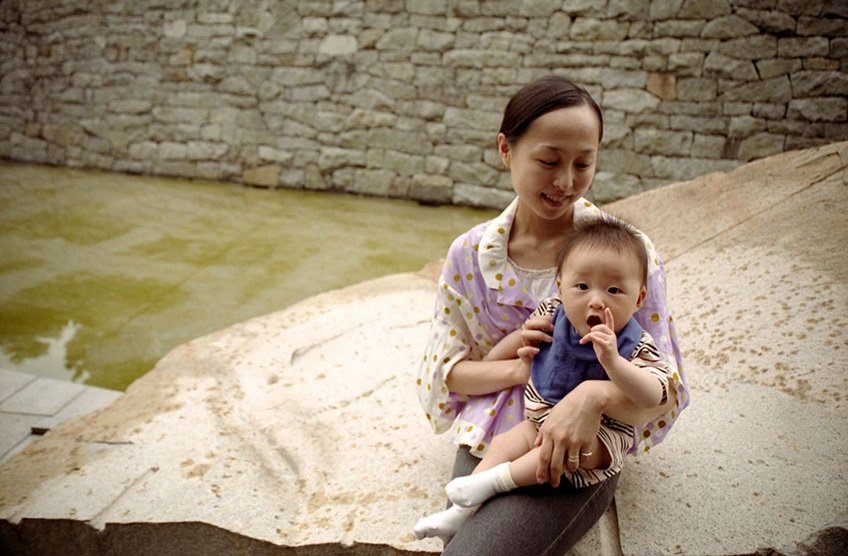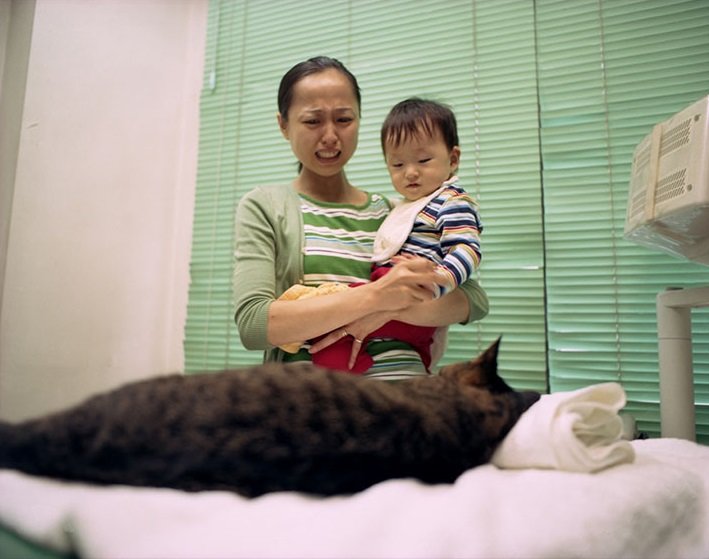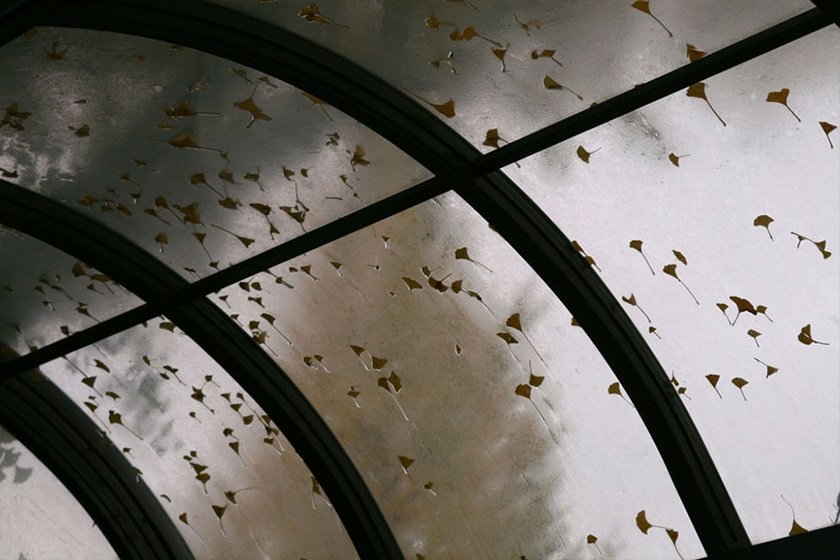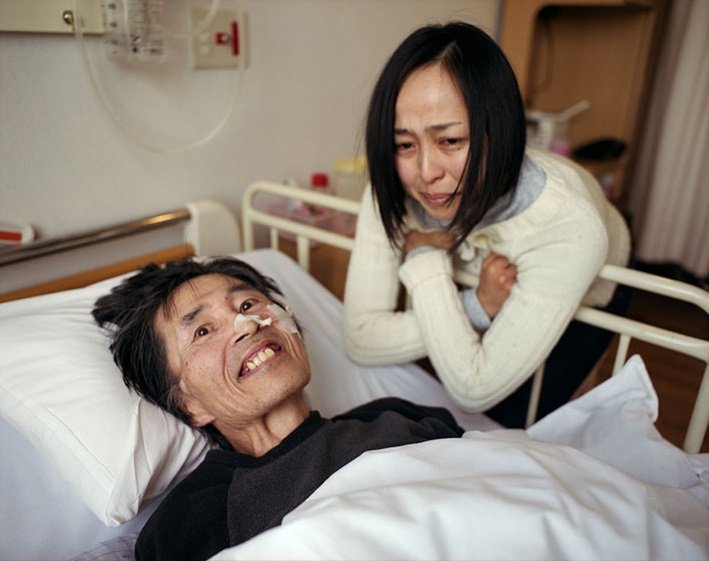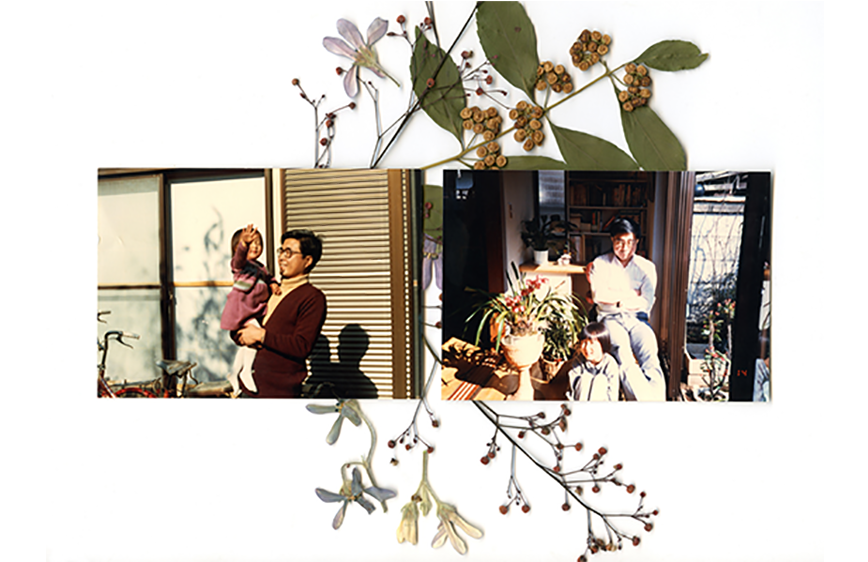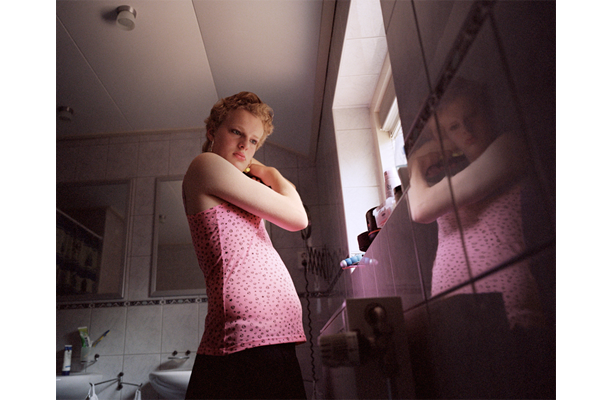Japan –
Published by Little Big Man Books, Japan, Photography feature – Koji Takiguchi‘s images document his wife and her family over several years. During this time her mother died very suddenly from cancer. Immediately after that her father was committed to hospital and remained their indefinitely. While he was still in hospital Takiguchi’s wife gave birth to their son, and then, as if they had been hanging on for the happy event of the birth, her father and the beloved family cat passed away in quick succession.
When Takiguchi looked back over the photos that he had taken over this time, and also the photos of his wife’s father and mother from their younger days that had been left behind, he strongly felt that the two sets of photos were part of a single series.
Takiguchi’s wife told him how, at the moment that her mother took her last breath, she slowly cast her gaze out of the window as if she had caught site of something in the empty sky, and it was then that she slipped away. The “Window”, as he took from inside the room out through it, separates this from that side, symbolising the thin, fragile border that remarks life and death.
In Japanese the kanji for “Window” is “窓”, pronounced “MADO”. But it can also be pronounced “SOU”, which is shared with other kanji, such as “相” meaning ’Together’, “想” meaning ‘Believe’ or ‘Mind’, “喪” meaning ‘Mourning’, “葬” meaning ‘Funeral’, “添う” meaning ‘Accompany’, and so on.

